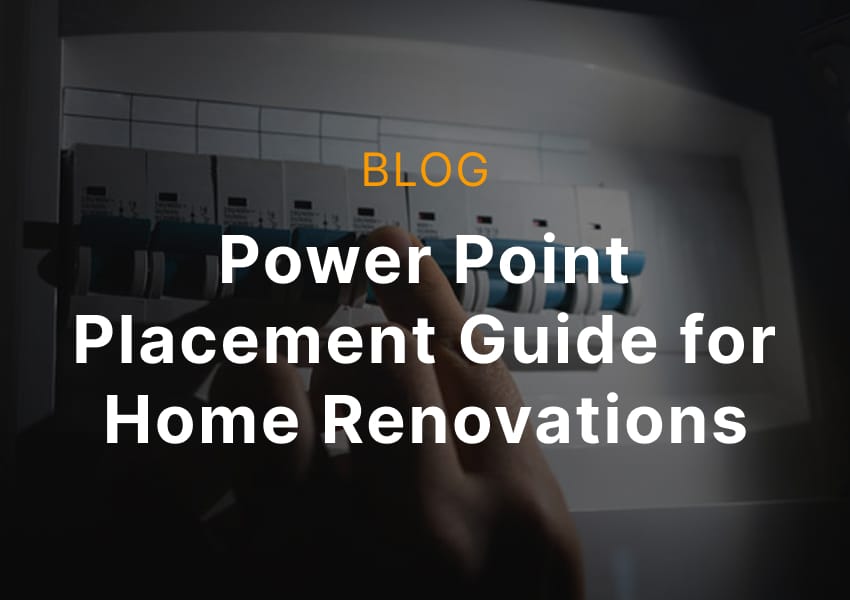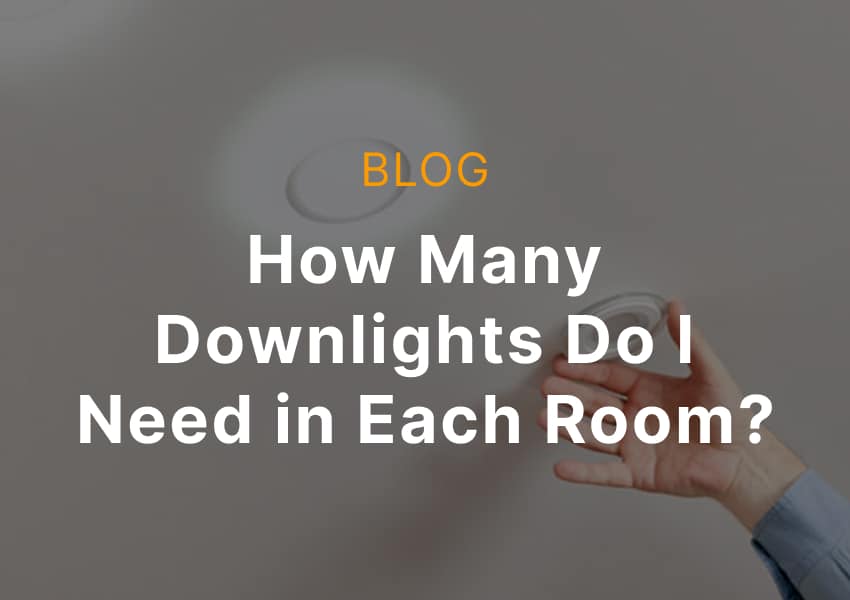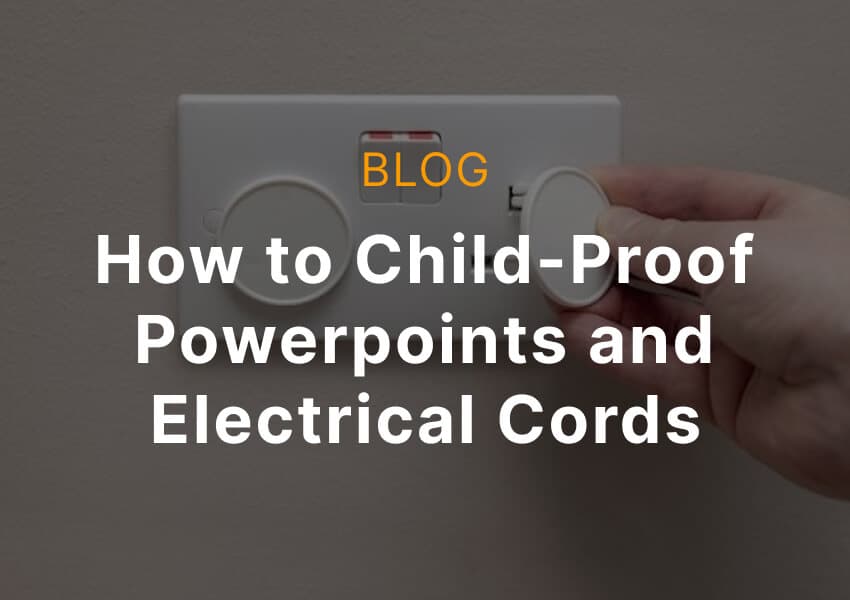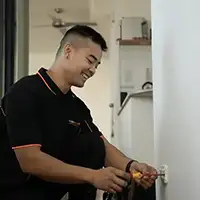If you’re unsure whether your home or business runs on single or 3 phase power, you’re not alone. It’s a common question, especially when installing a new appliance, setting up solar, or upgrading your switchboard.
3 phase power delivers more energy, more efficiently. It’s typically found in larger homes, commercial sites, and properties with high-demand equipment. But visually, it’s not always obvious. Here’s how to find out what you’re working with—safely and accurately.

Step 1: Check Your Switchboard
The easiest way to find out starts at your switchboard:
Look for Multiple Poles
Open your main switchboard and take a close look at the circuit breakers. In a 3 phase setup, you’ll usually find:
- 3-pole breakers (three switches joined together)
- A main switch that’s three poles wide
- Labels like L1, L2, L3 or a breaker marked 400V
Single phase setups typically only have one active line running into each breaker. If you spot multiple active lines connected to a single breaker or appliance circuit, there’s a good chance you’re running on 3 phase.
Labelled Circuit Markings
Some switchboards are clearly labelled with “3PH” or indicate which circuits are powered by each phase. Look out for:
- Labels next to high-demand appliances like ovens or ducted AC
- Phase colours (red, white, blue)
- Markings on the inside cover indicating multiple supply phases
If things aren’t clearly labelled—or you’re not sure what you’re looking at—don’t worry. It’s common, and we’ll cover how to verify in other ways.
Step 2: Count the Service Cables
The incoming power cables give away what type of supply you have:
Three Active Wires
Take a look at where the power enters your main switchboard or meter box. If you see three thick active cables (usually black, red, or coloured) entering a combined isolator switch or main breaker, you’ve likely got 3 phase power.
A single phase setup will usually just have:
- One active, one neutral, and one earth cable
Whereas 3 phase systems have:
- Three actives, one neutral, one earth
If you’re looking at overhead power lines or underground conduit, it’s harder to confirm just by visual inspection—but inside the board, it’s often clearer.
Main Switch Size
Another giveaway is the size of your main switch. In single phase, it’s a single-pole switch. In 3 phase, it will usually be three poles wide, physically joined together.
Look for labels like:
- “63A 3P” or “40A 3P”
- A 3-pole RCBO or isolator
Still unsure? The next step will give you a more technical (but reliable) answer.

Step 3: Check with a Multimeter
If you know what you’re doing, this test can confirm the supply type:
Measure Phase-to-Phase
Set your multimeter to AC voltage and (safely) measure between:
- Line 1 (L1) and Line 2 (L2)
- Line 2 (L2) and Line 3 (L3)
- Line 1 (L1) and Line 3 (L3)
If you read around 400V between any of those combinations, you’re working with a 3 phase supply.
Measure Phase-to-Neutral
Next, measure from each phase to the neutral bar:
- L1 to Neutral
- L2 to Neutral
- L3 to Neutral
Each should show around 230V. This confirms that all three phases are active and properly balanced.
Important: Only perform this test if you’re trained and qualified to work on live electrical equipment. If not, it’s safer and easier to call in a licensed electrician.
Step 4: Consider Your Appliances
In many cases, the appliances installed in your home or business can give away whether you’ve got 3 phase power—especially if they’re high-powered or motor-driven.
High-Powered Appliances
If your property runs any of the following, there’s a good chance it’s connected to 3 phase:
- Ducted reverse cycle air conditioning
- Large electric hot water systems
- EV fast chargers
- Commercial-grade kitchen appliances like combi ovens or deep fryers
These systems draw more power than a single phase circuit can comfortably handle. To run them safely and efficiently, 3 phase power is typically required.
Motor-Driven Equipment
You’ll also often find 3 phase setups in homes or workshops that use:
- Electric gates or lifts
- Pool pumps or spa blowers
- Machinery like welders, compressors, or saws
If you’ve had any of this equipment installed professionally, your electrician may have already advised on 3 phase—and your switchboard should reflect that with wider breakers or labelled circuits.
In short: if your property powers large, energy-hungry devices, 3 phase might already be running quietly in the background.

Step 5: Check Your Energy Bill or Meter Box
If you’re unsure from looking at your switchboard, your energy bill or meter box might have the answer. These sources often include subtle but clear indicators of whether your property is running on single or 3 phase power.
Energy Bill Clues
Take a look at your most recent electricity bill. Some energy retailers list your supply type or metering configuration. You may see:
- “3PH”, “Three Phase Supply,” or “3P” under metering details
- Usage charges that are split across multiple peak demand blocks (common with 3 phase tariffs)
- An increased daily supply charge, which can be slightly higher for 3 phase setups
If you’re still unsure, call your energy provider and ask directly—they can usually confirm your connection type using your account number.
Smart Meter Labels
If your home has a digital or smart meter, it may include markings that give it away. Check the label for:
- Terms like “3P,” “3PH,” “Type 3,” or “CT metering”
- Separate phase readings or multi-line voltage displays on the screen
- A wiring diagram sticker that shows three active conductors
Older-style spinning disc meters don’t always give this information clearly, but if your meter box has more than one isolator switch or grouped breakers, it’s worth asking a licensed electrician to inspect.
Step 6: Ask a Licensed Electrician
Even with the tips above, confirming your power supply isn’t always straightforward. Switchboards might be mislabeled, meters can be outdated, and cable layouts vary depending on the age of the property.
That’s where a licensed electrician comes in. We can:
- Confirm whether your property has 3 phase or single phase supply
- Test voltage levels and phase balance safely
- Inspect your switchboard and main service cables
- Advise if a 3 phase upgrade is available or recommended
Whether you’re planning a solar install, EV charger, or just want peace of mind before a big appliance upgrade, it’s always worth knowing what supply you’re working with.
Call Powerhub Electrical on 0400 332 331 to book a quick power supply check. We’ll confirm if your property is running 3 phase, explain what that means for your setup, and help you plan any upgrades—no guesswork, no pressure.





